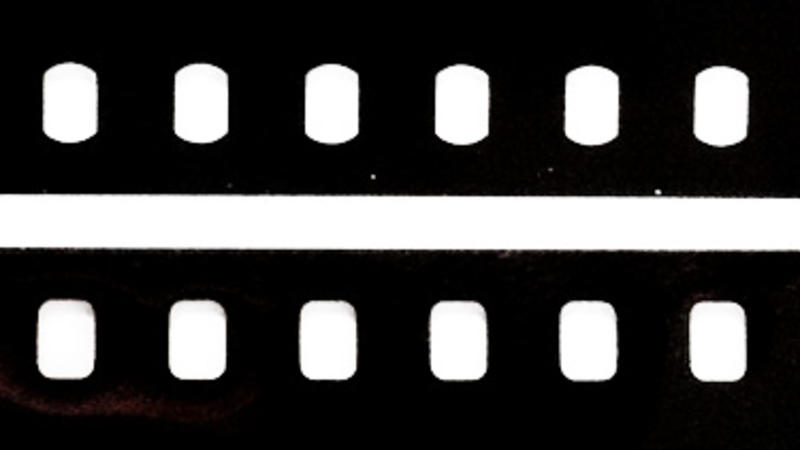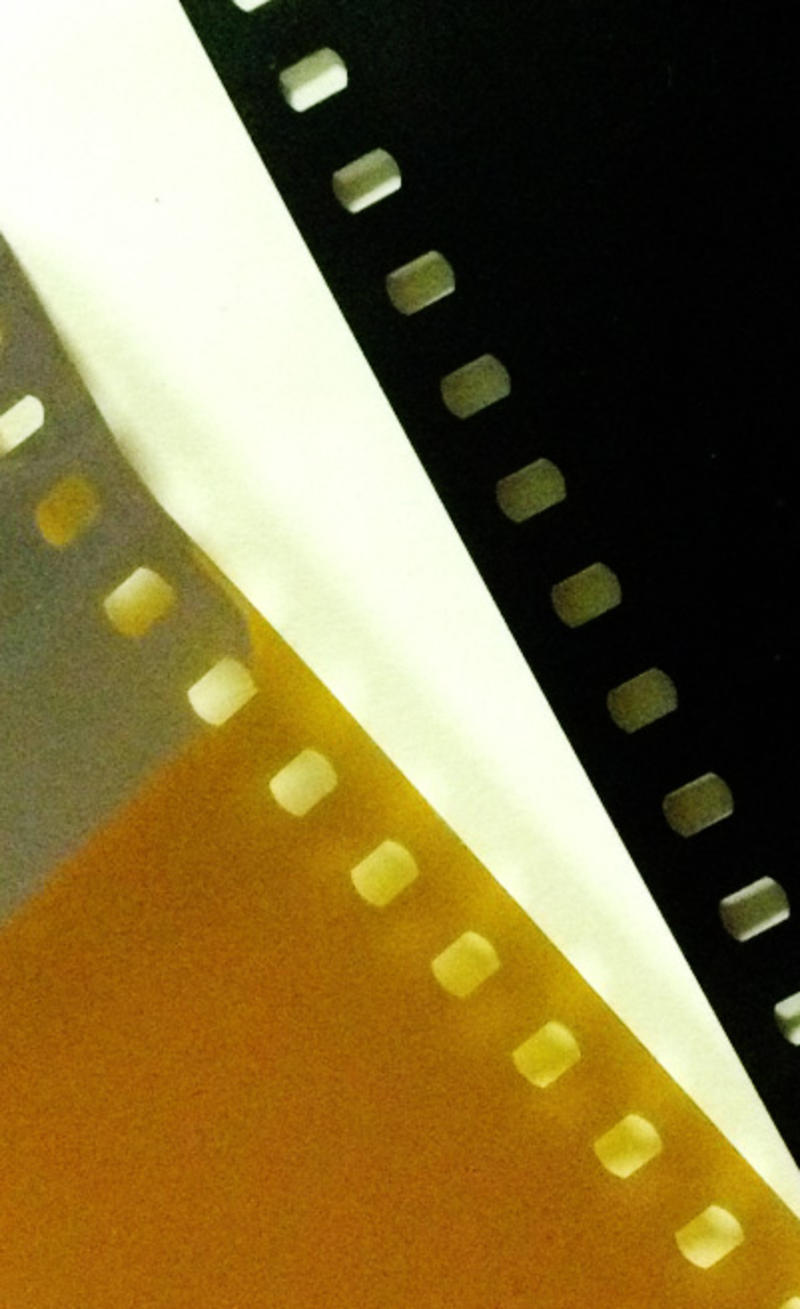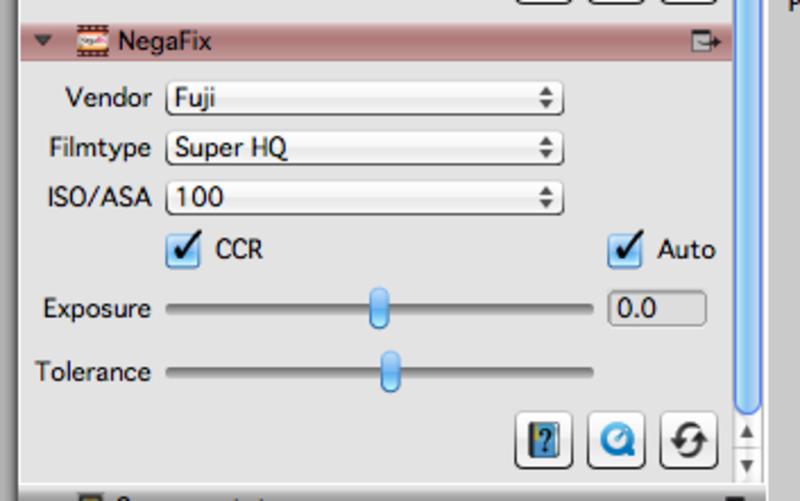Still Motion: a beginning
I have often described myself as a technical photographer because I have a strong background in sciences. I sometimes refer to photographers are people who create art using scientific instruments. It is little surprise that my art collides with physics and chemistry and the scientific method. For example, I am a heavy user of filmdev.org both for recording my own experiments and learning from those of others. Armed with this resource of photographs taken with different film, and developed with different chemistries and times and temperatures, I can help realise the image I am setting out to create.
Early this year I heard of people using motion picture film in still cameras to take photographs, and this piqued my interest. Why were so few people trying this? What were the scientific challenges? What might be the benefits to the artist?
Challenges
First, motion picture film is a colour film, and few photography enthusiasts self-develop colour stock. The C-41 and E-6 processes are more sensitive to temperature variation. Users tend to treat them more like a "black box" and stick to the recipe rather than encouraging experimentation. It's difficult enough to find information about push/pull processing, let alone comparisons between various manufacturers' chemistries. And there are so few chemistries available to the small lab: Rollei, Fuji and Tetenal are the only C-41 kits in the UK; and Fuji and Tetenal are the only E-6 kits in the UK.
Second, and perhaps most significantly, the processes for motion picture film are different to the common colour stills processes. ECN-2 and ECP-2 are used for camera negative and print film stocks respectively, and the chemistry is now only produced by Kodak. During the restructure of Kodak into Kodak Alaris, I've had no success in reaching a sales representative prepared to sell me ECN-2 chemistry. I'm not even sure that Kodak would want to sell someone a "small" quantity of ECN-2 anyway.
Third, motion picture camera film is coated on one side with "rem-jet" — a black anti-static layer which, if processed by a C-41 negative chemistry, will contaminate the developer.
Fourth, motion picture camera film might be 35mm wide, but what about the pitch and size and shape of the perforations? My research conflicted with opinions of some colleagues who had worked with 35mm motion film.
Finally, how does one go about getting motion picture stock? It tends to only be available in hundred metre (or more) rolls. That is a significant financial outlay for what might be a useless experiment given all the above caveats.
Research
My research, a little bit of spare time here and there over many months, concluded that my best options were to cross-process in C-41 or to use RA-4 print developer. The RA-4 route appealed the most not just for its simplicity but that it uses the same colour developing agent as ECN-2: CD3. As for finding motion picture stocks Frame 24 and That's a Wrap looked to be the best places in the UK to try and get some affordable stock to try out.

Armed with some RA-4 chemistry, I ordered some Fuji F-64D, and a couple of days later a courier arrived with the package. Spooling up 35mm film canisters from a 400' roll is tedious and fiddly work in the dark, so I set about making a jig for winding ~100' sections suitable for daylight loaders: two bolts in a board, one for the 400' reel and one for a take-up 100' spool.

And with that, I made up some short canisters. The first thing to check was whether the film would work in a stills camera. Visual inspection of the perforations confirmed what I had turned up in my research: the shape of the perforations was different (made to register more accurately as required for shooting motion film) and with a slightly denser pitch (a historical artefact from when motion camera film was a cellulose-base stock and print film was acetate-base). So I loaded my X-700 and set off on some shoot tests around Manchester.

Upon returning home my first challenge would be to remove rem-jet from the film. I had read about soda and water being the perfect mixture for this, but had also read about people using cloths and squeegees. I was hoping for something I could do entirely within a daylight developing tank. So out came the sodium carbonate — I purchased a bucket of it in 2012 for making caffenol developers — and I began testing. I soon found that a 0.05M concentration of Na2CO3 was sufficient to make the rem-jet layer detach from the film and float to the surface of the solution with minimal agitation.
I also ran some of the film through standard fixer to determine the approximate natural colour of the film. It looked fairly similar to other Fuji negative stocks I have used, so wouldn't be impossible to scan to a colour positive.
The moment of truth: time to mix the RA-4 developer. I had already seen a thread on the "I Shoot Film" Flickr group suggesting that RA-4 could be diluted for developing film, so I mixed up 100ml of RA-4 stock with 200ml of water.
Rem-Jet Removal
- 5g of Na2CO3 (anh.) in 1 litre of water
- pour 300ml of solution per film into the daylight developing tank
- agitate for several seconds, then allow to stand for a minute
- slowly add water to the funnel part of the daylight developing tank till the tank is overflowing, washing away the floating rem-jet
- empty the tank, discarding all the water
- again fill the tank slowly with water via the funnel till it overflows
- empty the tank
- finally, fill the tank one more time and agitate vigorously before discarding the water
Development
- prepare RA-4 stock diluted in two parts of water at 35℃
- develop for 4 minutes, agitating initially for 30 seconds, then one inversion every 30 seconds thereafter
- the developer can probably be re-used for subsequent films, but I do not yet have a correction factor
- wash the film in water
Blix and Wash
- prepare RA-4 bleach/fix stock and process as per manufacturer's instructions
- wash in running water
Scanning

Once the film was dry I used SilverFast 8 in 24-bit colour mode for negatives. I chose an existing Fuji stock which looked close to a faithful colour reproduction and began scanning. Some of the results of my experiments are shown in the slide-show above.
Conclusions
I am thrilled with the results of this initial experiment. The image qualities of this film stock are gorgeous and the development process is cost-effective, fast, and simple. I am so encouraged by the frames from the film strip developed for 4'00" that I will repeat the experiment under much more controlled studio-lighting conditions, paying particular attention to skin-tone reproduction and narrow in on an exact development time for the film shot at rated speed (and also for push/pull processing).


